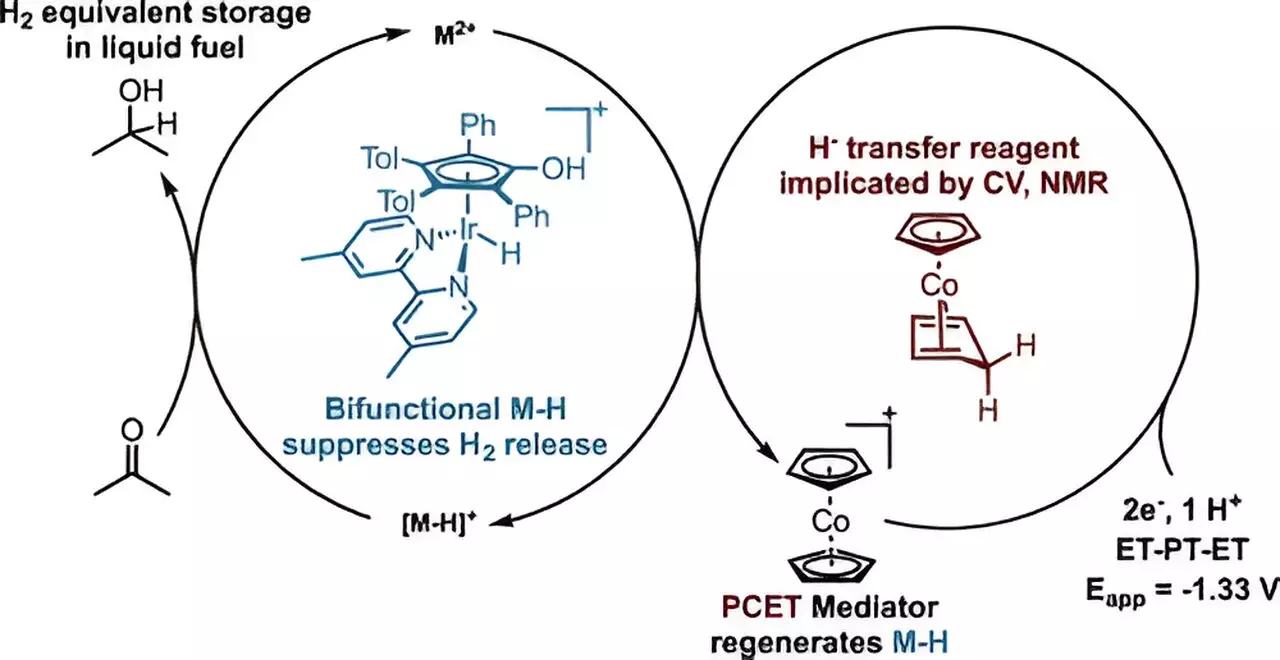As California moves towards renewable energy sources, the challenge of storing and smoothing out the intermittent nature of solar and wind power becomes increasingly crucial. The current dependency on natural gas to balance out the highs and lows of renewable power is not sustainable in the long run. To address this issue, researchers are exploring new technologies for energy storage that can help in maintaining a stable electric grid.
One emerging technology that shows promise in renewable energy storage is Liquid Organic Hydrogen Carriers (LOHCs). These liquid fuels have the potential to store and release hydrogen using catalysts and elevated temperatures, functioning as “liquid batteries”. The use of LOHCs could revolutionize energy storage by efficiently storing excess energy and releasing it as usable fuel or electricity when needed.
The research led by Robert Waymouth and his team at Stanford focuses on isopropanol and acetone as key ingredients in hydrogen energy storage and release systems. Isopropanol, a high-density liquid form of hydrogen, can be stored or transported through existing infrastructure until it is needed as a fuel in a fuel cell or to release hydrogen for use without emitting carbon dioxide. However, current methods of producing isopropanol with electricity are inefficient.
Daniel Marron, the lead author of the research study, identified a way to address the inefficiency in producing isopropanol directly from protons and electrons without generating hydrogen gas. By developing a catalyst system that combines protons and electrons with acetone to generate the LOHC isopropanol selectively, Marron was able to achieve the desired outcome using iridium as the catalyst. Surprisingly, the addition of cobaltocene proved to enhance the efficiency of the reaction, delivering protons and electrons without liberating hydrogen gas.
The implications of this research go beyond just energy storage for the grid. The hope is that LOHC systems could improve energy storage for various industries, energy sectors, as well as individual solar or wind farms. By leveraging the unique properties of cobaltocene and exploring other catalyst options, future LOHC systems could become more affordable and scalable, making renewable energy storage more accessible on a larger scale.
The research on liquid organic hydrogen carriers (LOHCs) presents an innovative approach to renewable energy storage that could transform the way we harness and utilize energy. By developing efficient catalyst systems and exploring alternative options, researchers are paving the way for a more sustainable and reliable energy future. The potential applications of LOHC technology extend beyond just the electric grid, offering a promising solution to the challenges of renewable energy integration.


Leave a Reply